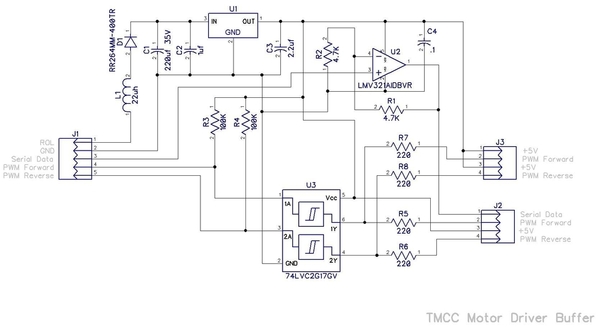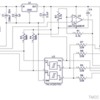Again, let me see if I can try to clear some of this up. This is based on my understanding of the situation.
The PS3 diesel board, and that same board being the basis of the PS3/2 stacker set, uses a dual transistor in one package to control the couplers. Further, electrically, we are powering the coupler with DC and the coupler coil being an inductor- would kick back significant voltage when the current stops flowing. Most FETs (Field Effect Transistors) have a snubber diode built in to protect against just such an inductive load voltage spike being turned on and off. The problem is, when you further add wiring and board traces, you get additional capacitance and inductance and being a dual transistor in one package, there may be bleed, crosstalk and thermal considerations- energy has to go somewhere, shunting the spike does create heat. Again, this is specific to the diesel PS3 board, and then transfers also to the PS3/2 stacker because the base board is basically the same diesel PS3 board- same circuit, same components involved.
Again, my theory of what happens why we need a resistor is that if there is only one coupler, that inductive spike- even if shunted by a diode, causes a typical voltage spike "ring" in the circuit. especially since both coupler circuits share the same power return path (N channel MOSFETs switching DC negative-AKA board GND). If you don't have a coupler, connected to one of the paths, the circuit still has capacitance, still is very near and closely coupled electrically, so the firing of one coupler, without a second coupler installed cases a voltage spike in the traces and path, all causing the transistor to fail. Adding the resistor to the unused coupler port simply dampens any unwanted voltage ringing spikes, and prevents the failure.
This is probably one of the better tutorials I have known about this when learning electronics and electromechanics https://www.pololu.com/docs/0J16/all
Again, the point being why you need it is specifically for PS3 diesel kits- when only one coupler is used.
You may need or want it when using a stacker in diesel retrofit, where only one coupler is used.
The exception to the rule is a PS3 steam upgrade kit, or typically a PS2 5V upgrade where a stacker was used, to my knowledge, even though we are using a stacker board set, the wiring harness likely doesn't even have the provision for the resistor to plug into. Analysis- Is it because the stacker board being more wiring path with some capacitance and resistance changes the nature of the potential for ringing? Is it because only the rear coupler is used and somehow, someway, the minor difference between front and rear coupler wiring is enough it doesn't ring? Again, the PS3 Steam upgrade kit wiring doesn't have the provision for front coupler even in the harness.
Last, we don't even worry about this on PS3 factory steam because the 2 board system (boiler and tender boards) are designed around only one coupler per board, and that circuit doesn't appear to be subject to the same problem at the PS3 dual coupler diesel board situation.










